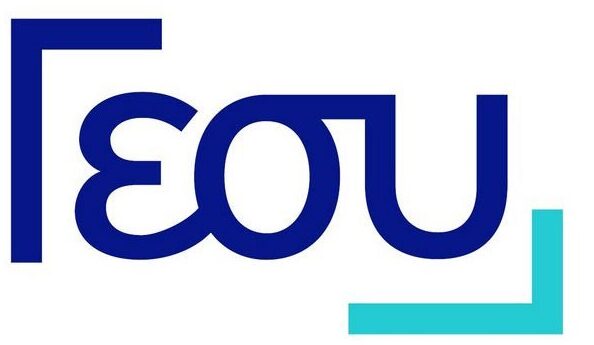
Digital Mammography
Breast examination should be synonymous with the word prevention in women.
Diagnostic screening of choice is primarily digital mammography, which can detect cancerous tumours in asymptomatic women, at a very early stage, before being detected by the patient or her doctor. According to the guidelines, the American Cancer Society recommends that women age 40 and older undergo a preventive mammogram annually as part of a breast cancer prevention program, which also includes an annual breast exam by a health professional. Before the age of 40, it is recommended that a reference mammogram should be performed at the age of 35 years. After the age of 70, the guidelines suggest a mammogram every two years. The treating physician is the one who can consider the risk factors individually for each woman and judge accordingly.
The most appropriate time for women to have a mammogram is from the 7th until the 12th day of the menstrual cycle. It is better to avoid mammography before the onset of menstruation, where high hormone levels, especially in women with dense breasts, cause changes such as enlargement, pain, and tenderness.
In addition to preventive mammography, which is performed on asymptomatic women, diagnostic mammography is also performed on symptomatic women who have breast discomfort, pain, or a palpable swelling. It also occurs in women with nipple fluid secretion, nipple sagging, irritation or change in the texture of the breast skin.
The mammogram lasts about 5 minutes. The examinee stands in front of the machine with her back straight. During the examination, each breast is placed by the assistant radiologist between two special plates and in this phase, it receives a gentle pressure for a few seconds. During the examination, a total of four images are taken, two for each breast.
Silicone implants limit the diagnostic accuracy of mammography because they cover a large part of the breast. A specific technique must be applied to women with silicone implants and implant displaced views must be taken, to allow more breast tissue to be visualised.
According to the European Union guidelines, radiologists, in addition to special training in the subject of breast, are responsible for the excellent quality and technique of mammograms. Responsible for the proper functioning of the mammogram are the technologists (assistant radiologists), who must be trained with special knowledge regarding the technique of mammography.
On the day of the mammogram, it is necessary for the examinees to present older breast examinations , if any and to avoid the use of deodorant.
Breast ultrasound
Both preventive and diagnostic mammography, in most cases, are supplemented by ultrasound examination of the breasts. In the prevention of breast cancer, it has an auxiliary position, as a supplement to mammography. It is especially valuable in women with dense breast tissue.
As a diagnostic tool, breast ultrasound is particularly useful in symptomatic patients (e.g. with a palpable tumor), in young women and an important means of assisting invasive methods in the breast.
3D Tomosynthesis
It is a new tool for breast imaging, which increases diagnostic accuracy, especially in women with dense breasts. The technique, in terms of breast placement and the pressure exerted, is like that of digital mammography. However, in contrast to one mammogram, multiple different images are taken of the breast parenchyma in millimeter incisions with a very low radiation dose. Then, all these digital incisions are reconstructed into tomographic incisions covering the entire thickness of the breast.
Tomosynthesis in clinical practice has been shown to increase the diagnostic accuracy and specificity of the method, especially in women with dense breasts. In addition, it is equally important for the follow-up of women with previous breast cancer surgery.
Bone density measurement
Bone densitometry has extremely low dose of radiation and is recommended to be done every two years or so in postmenopausal women to assess the risk of osteoporosis. It is also performed in younger people with risk factors such as smoking, family history of fractures, premature menopause, reduced calcium intake, medication (for thyroid, anticoagulants, steroids) and metabolic disorders and glands.
With the development of science and the innovations of technology in the systems of measuring bone density, we have the possibility of the prevention and the early diagnosis of osteoporosis but also the treatment of the disease. At the same time, with the use of new technology we can identify which women are more likely to develop osteoporosis decades before the disease appears. This clinical application plays a key role in preventing the disease by avoiding the dramatic consequences (pain, fractures, permanent disability) caused by the advanced form of the disease. This clinical application plays a key role in preventing the disease by avoiding the dramatic consequences (pain, fractures, permanent disability) caused by the advanced form of the disease

